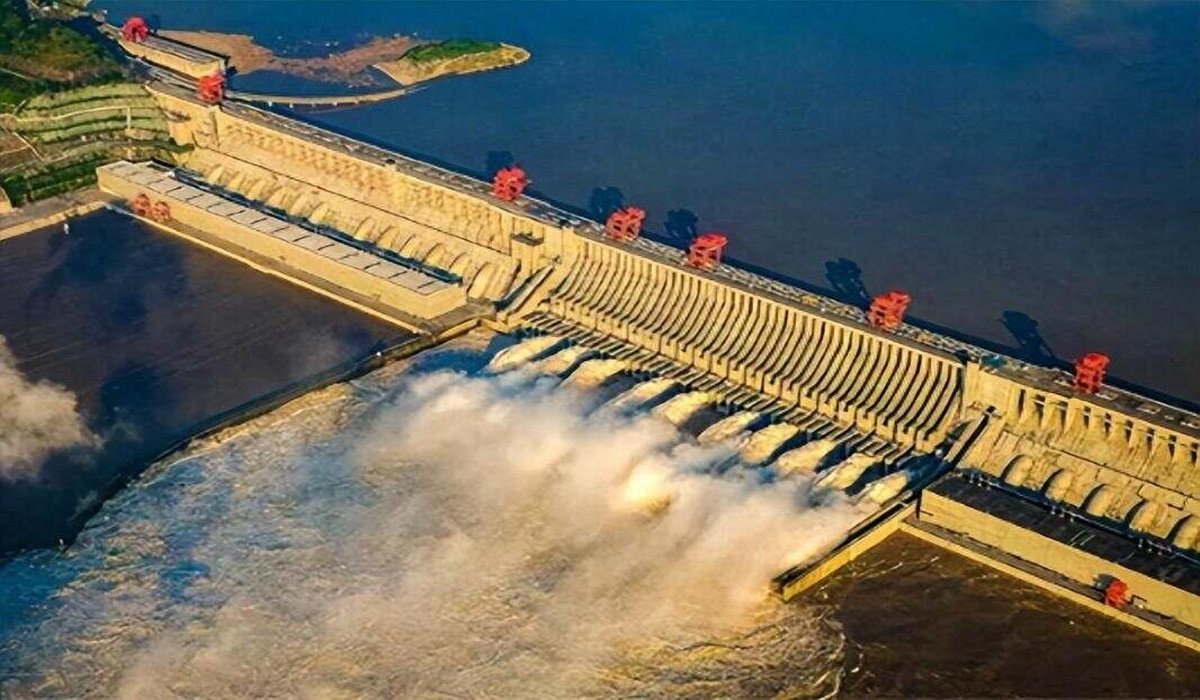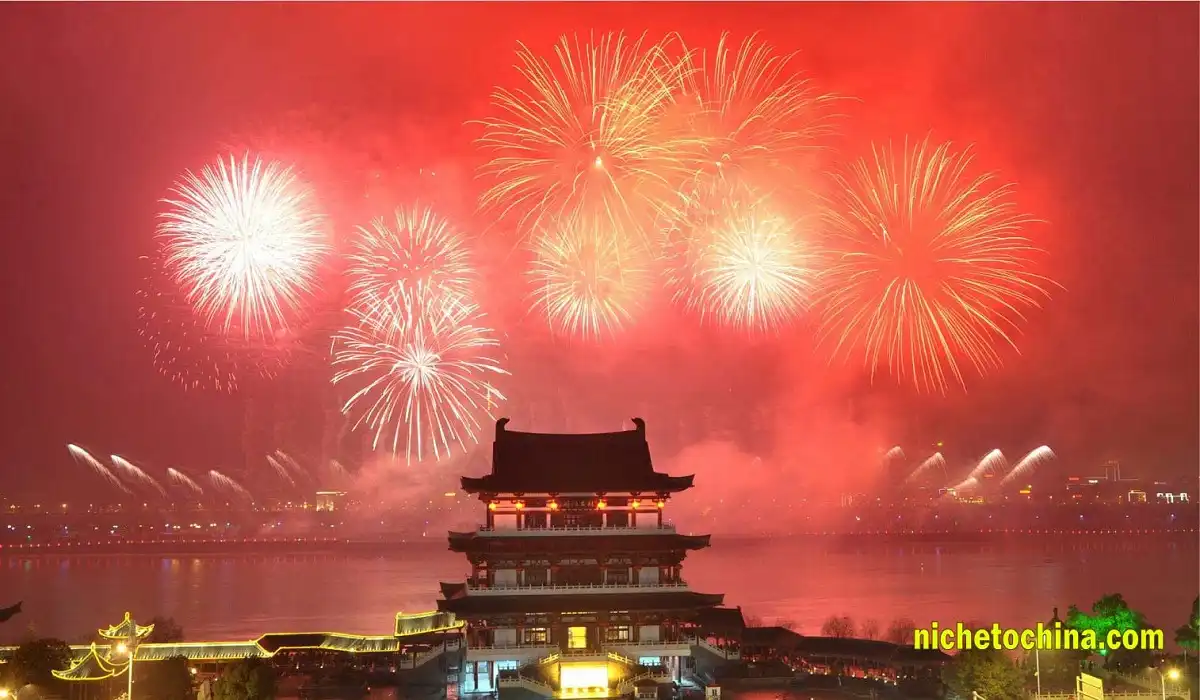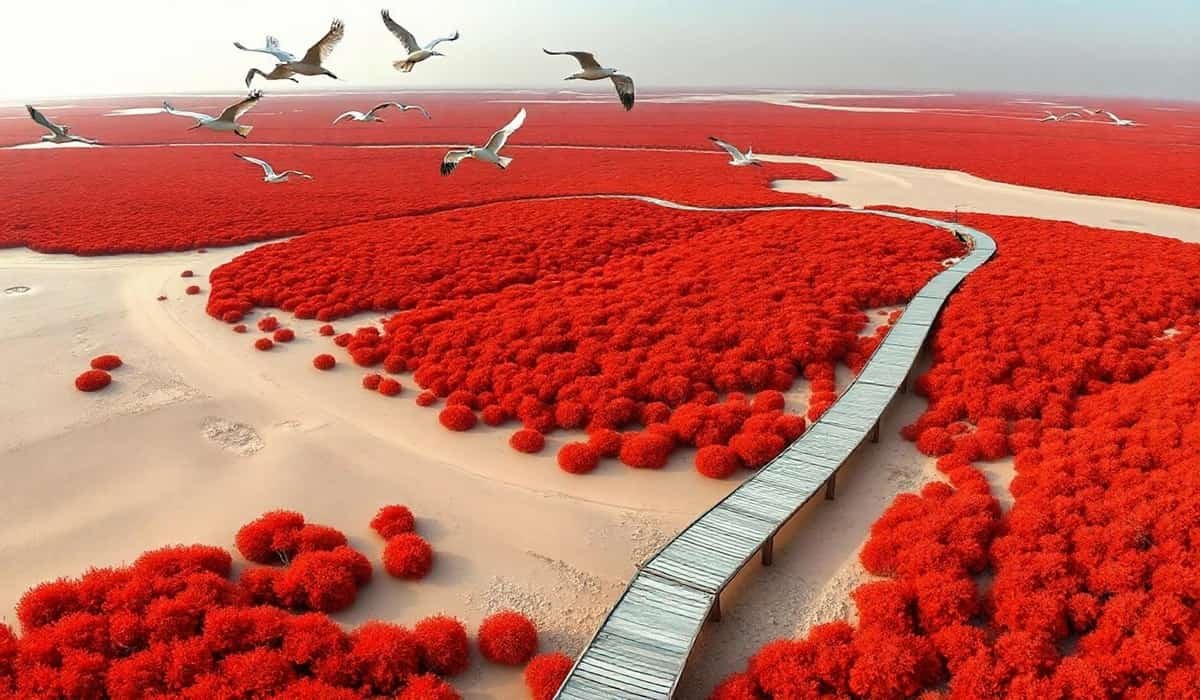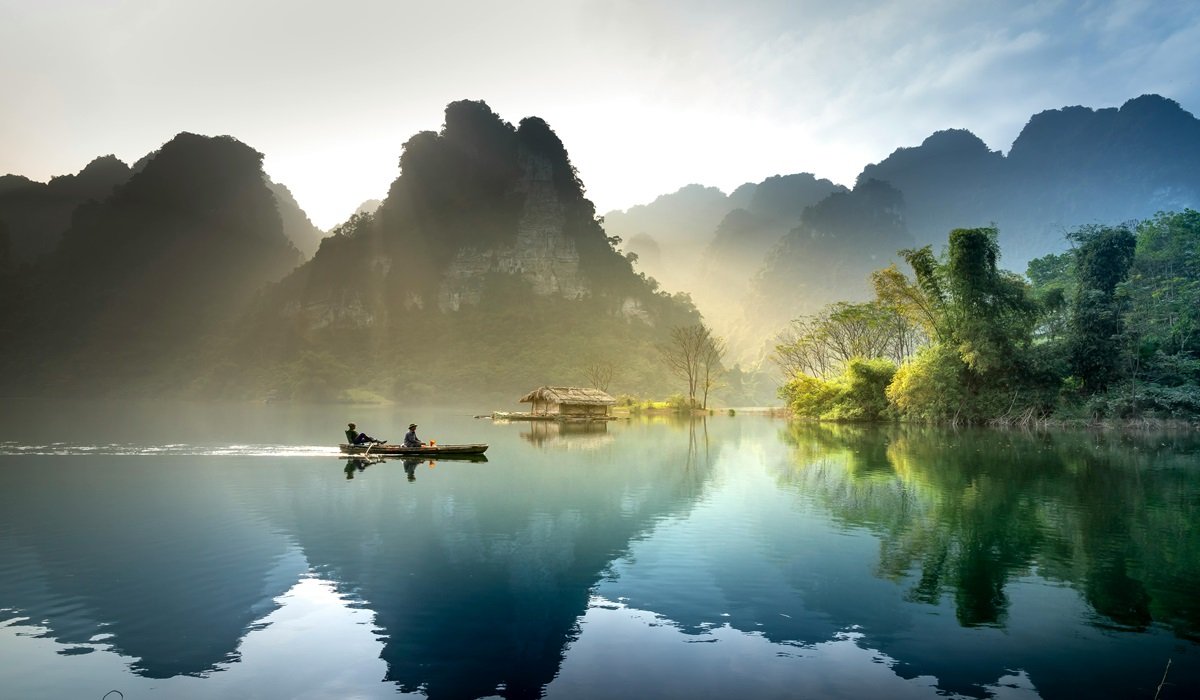The Three Gorges Dam: A Brief Overview
The Three Gorges Dam, located on the Yangtze River in China, stands as one of the world’s most impressive feats of engineering. As the largest hydroelectric power station on Earth, it has captured global attention for both its grandeur and the controversies surrounding it. In this comprehensive guide, we’ll explore the history, construction, costs, benefits, and mysteries surrounding the Three Gorges Dam. Additionally, we’ll delve into its significance as a travel destination and provide insights into how much it would cost for a country like Bangladesh to build a similar structure as this country is facing the flood problems because of opening the dam by india.
History of the Three Gorges Dam
The idea for the Three Gorges Dam dates back to the early 20th century, with Chinese leader Sun Yat-sen first proposing it in 1919. However, political instability and lack of resources delayed its realization. It wasn’t until 1992 that the Chinese government officially approved the project, with construction beginning in 1994. The dam was completed in 2006, while the entire facility became fully operational in 2012.

Why Was the Three Gorges Dam Built?
The primary reasons for building the Three Gorges Dam were flood control, electricity generation, and improving navigation along the Yangtze River. The Yangtze is prone to devastating floods, and the dam was seen as a solution to protect millions of people and vast areas of farmland from flood-related disasters. Additionally, the dam generates a significant portion of China’s electricity, reducing reliance on coal and helping to combat air pollution. Finally, the dam has made it easier for large ships to navigate the river, boosting trade and transportation in the region.
Construction of the Three Gorges Dam: A Colossal Undertaking
1. Manpower and Materials:
The construction of the Three Gorges Dam was a colossal task, requiring over 40,000 workers at its peak. The dam is made from approximately 28 million cubic meters of concrete, 463,000 tons of steel, and earth materials. It measures 2,335 meters (7,660 feet) in length and 185 meters (607 feet) in height.
2. Time and Cost:
The dam took 12 years to build, with an overall cost of around $37 billion. This makes it one of the most expensive construction projects in history. The budget covered everything from materials to labor, as well as the resettlement of over 1.3 million people who were displaced by the rising waters behind the dam.


Benefits of the Three Gorges Dam
The Three Gorges Dam has provided numerous benefits to China and the surrounding region:
- Flood Control:
The dam significantly reduces the risk of floods that have historically plagued the Yangtze River Basin. It protects millions of people and vast areas of farmland from potential disaster.
- Hydroelectric Power:
The dam generates around 22,500 megawatts of electricity, enough to power tens of millions of homes. It has helped reduce China’s reliance on coal, contributing to cleaner air and reduced greenhouse gas emissions.
- Improved Navigation:
The dam has made the Yangtze River more navigable for large vessels, boosting trade and economic development in the region.
How the Three Gorges Dam Works
The Three Gorges Dam is a gravity dam, meaning it relies on its own weight to hold back the water. It works by capturing the flow of the Yangtze River and releasing it through turbines, which generate electricity. The dam also has a sophisticated system of locks and ship lifts that allow vessels to pass through the dam, enabling smoother navigation along the river.
Visiting the Three Gorges Dam: A Unique Travel Destination
The Three Gorges Dam is open to visitors and offers a fascinating glimpse into one of the world’s largest engineering projects. Tourists can visit the nearby visitor center, take a guided tour of the dam, and enjoy panoramic views from observation decks. The best time to visit is during the spring or autumn when the weather is mild, and the surrounding landscape is at its most beautiful.

The Three Gorges Dam and Earth’s Rotation: The Mysterious Connection
The Three Gorges Dam in China is known as a monumental feat of engineering, but its influence goes beyond just electricity generation and flood control. It has even affected Earth’s rotation, a fact that has intrigued scientists and the public alike. In this article, we explore why this impact occurs, its effects, the potential benefits and drawbacks, and the long-term implications for our planet.
How the Three Gorges Dam Affects Earth’s Rotation ?
The connection between the Three Gorges Dam and Earth’s rotation lies in the sheer volume of water it holds. The dam, located on the Yangtze River, creates a reservoir that extends over 600 kilometers (373 miles) and holds approximately 39.3 cubic kilometers (9.4 cubic miles) of water. When this immense mass of water is stored in the reservoir, it shifts a significant amount of Earth’s mass from one location to another.
This redistribution of mass affects the planet’s moment of inertia, which in turn influences the speed of Earth’s rotation. The principle is similar to a figure skater who spins faster when they pull their arms closer to their body. In the case of the Earth, when mass is concentrated closer to the equator, it causes a slight slowdown in rotational speed.
The Measurable Effect on Earth’s Rotation
The effect of the Three Gorges Dam on Earth’s rotation is subtle but measurable. According to NASA scientists, the dam has slowed Earth’s rotation by approximately 0.06 microseconds per day. This change is minuscule and imperceptible in our daily lives. However, it underscores the dam’s massive scale and the power of human infrastructure to influence natural processes on a global level.

Benefits of the Three Gorges Dam’s Impact on Earth’s Rotation
Though the slowdown in Earth’s rotation caused by the Three Gorges Dam is small, some potential benefits include:
- Improved Timekeeping Accuracy:
The slight change in rotational speed could help improve the accuracy of timekeeping systems that rely on Earth’s rotation, such as atomic clocks. - Climate Study Insights:
The effect on Earth’s rotation can provide valuable data for scientists studying the relationship between large-scale infrastructure and global processes, contributing to a better understanding of climate dynamics.
Disadvantages of the Dam’s Effect on Earth’s Rotation
While the benefits are minimal, the potential disadvantages are more theoretical and long-term:
- Altered Length of Day:
Although the impact is tiny, any change in the length of the day—however small—can affect the synchronization of systems that depend on precise timekeeping, such as satellite navigation and communication systems. - Cumulative Effects of Human Activity:
The Three Gorges Dam is not the only infrastructure affecting Earth’s rotation. The cumulative impact of multiple large-scale projects around the world could potentially lead to more noticeable changes in the future.
Long-Term Effects of the Three Gorges Dam on Earth’s Rotation
The long-term effects of the Three Gorges Dam on Earth’s rotation are still uncertain and remain a subject of scientific study. Over time, the redistribution of mass could contribute to a shift in Earth’s axis. However, the change caused by the dam is so small that it is unlikely to have any significant impact on global systems in the foreseeable future.
Moreover, as the reservoir’s water levels fluctuate with seasonal changes, the effect on Earth’s rotation may vary, balancing out over time. However, continued monitoring is essential to understand the broader implications of human activities on the planet’s natural processes.

What If Bangladesh Built a Dam Like the Three Gorges?
If Bangladesh were to build a dam similar to the Three Gorges Dam, the costs would be substantial. Here’s a rough breakdown of the potential expenses:
- Land Acquisition and Resettlement:
Displacing people and acquiring land could cost around $10 billion. - Construction Materials:
The concrete, steel, and other materials could amount to $15 billion. - Labor:
With thousands of workers needed, labor costs might reach $5 billion. - Additional Infrastructure:
Building access roads, power lines, and other infrastructure could add another $7 billion.
In total, constructing a dam like the Three Gorges could cost Bangladesh around $37 billion, similar to the original project in China. However, this figure could vary based on local conditions and economic factors.
The Final Thought
The Three Gorges Dam is not just a marvel of modern engineering; it’s a symbol of China’s technological and economic ambitions. From its massive scale and power generation capacity to its impact on Earth’s rotation, the dam remains a subject of awe and debate. Whether you’re planning a visit or simply seeking to understand its significance, the Three Gorges Dam is a structure that continues to shape both China and the world.
For those in other countries, such as Bangladesh, considering similar projects, the costs and challenges are immense, but so are the potential benefits. The Three Gorges Dam stands as a testament to what can be achieved with vision, determination, and resources.
Frequently Asked Questions (FAQ)
The dam has a total generating capacity of 22,500 megawatts.
The Three Gorges Dam in China is approximately 2,335 meters (7,660 feet) long.
Over 1.3 million people were relocated to make way for the dam and its reservoir.
















